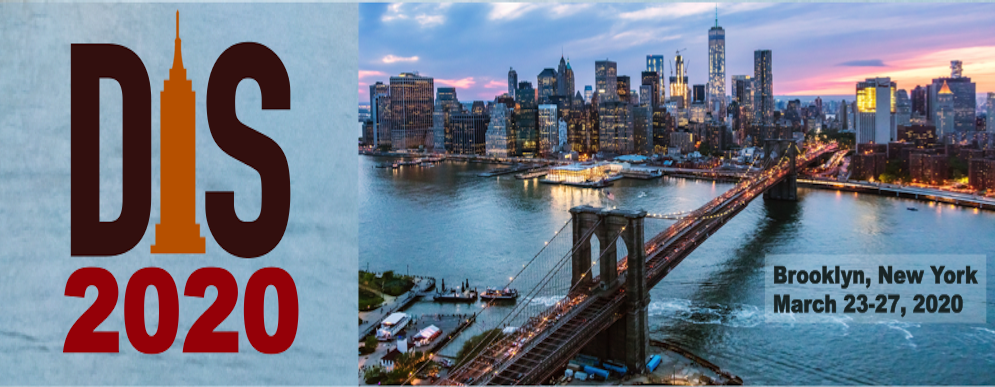Speaker
Description
The confinement of quarks and gluons, the building blocks of all visible matter, is perhaps the ultimate example of quantum entanglement. Inside nucleons they are not just correlated, they do not even exist as isolated states. However, in the parton model formulated by Bjorken, Feynman, and Gribov, the partons are viewed by an external hard probe as independent when the nucleon is boosted to an infinite-momentum frame. Therefore, the parton probed by a virtual photon is causally disconnected from the rest of proton. It has been recently proposed that this apparent paradox can be resolved by quantum entanglement of partons, possibly manifesting itself in observables related to hadron multiplicities. In this talk, new experimental data on charged particle multiplicity distributions are presented, covering the kinematic ranges in momentum transfer $5< Q^2< 100$ GeV$^2$ and inelasticity $0.0375< y< 0.6$. The data were recorded with the H1 experiment at the HERA collider in positron-proton collisions at a centre-of-mass energy of 320 GeV. Charged particles are counted with transverse momenta $P_T>150$ MeV and pseudorapidity $-1.2< \eta<1.6$ in the laboratory frame, corresponding to high acceptance in the current hemisphere of the hadronic centre-of-mass frame. Charged particle multiplicities are reported on a two-dimensional grid of $Q^2$, $y$ and on a three-dimensional grid of $Q^2$, $y$, $\eta$. The observable is the probability $P(N)$ to observe $N$ particles in the given $\eta$ region. The data are confronted with predictions from Monte Carlo generators, and with a simplistic model based on quantum entanglement and strict parton-hadron duality.

